Beyond Coronavirus, India’s Government Policies Need to Cope with a Larger Health and Economic Crisis
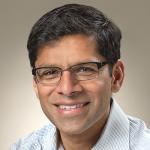





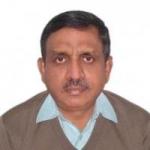

Suddenly, within just six weeks, the pandemic is upon us.




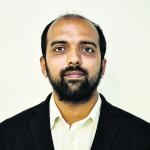


As somebody who spent more than a decade in Delhi, the current atmosphere of violence in India’s capital city deeply saddens me. But I am not surprised. Maybe because I come from a part of India—its troubled Northeast periphery—where such violence was a part of life.
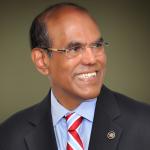
Three years ago, the Indian economy clocked a quarterly growth rate of over 9 percent. Now, growth has slowed to nearly half that rate, printing at 4.7 percent for the latest quarter (October-December 2019). Most estimates place growth for the current fiscal year, ending March 2020, at 5 percent, and for next year, 2020-21, at 6 percent. This is an astonishing slowdown for a country that, until recently, enjoyed bragging rights as the fastest growing large economy in the world.
Roshan Kishore is the Data & Political Economy Editor at Hindustan Times, where his work largely involves data-driven commentary on the intersection of politics and economics. He holds an MPhil degree in Economics from Jawaharlal Nehru University and worked in a think tank before taking up journalism.
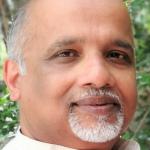
All countries struggle to deliver affordable, high-quality health care to their citizens. If a resource-constrained nation like India has to achieve the twin goals of affordable and quality health care for all, it will require drastic re-engineering of the health care delivery model. India faces two main realities: a large population and low per capita GDP, leaving little room for the substantial investments necessary to build health care infrastructure. An acute shortage of doctors outside major metropolitan areas further compounds the problem.